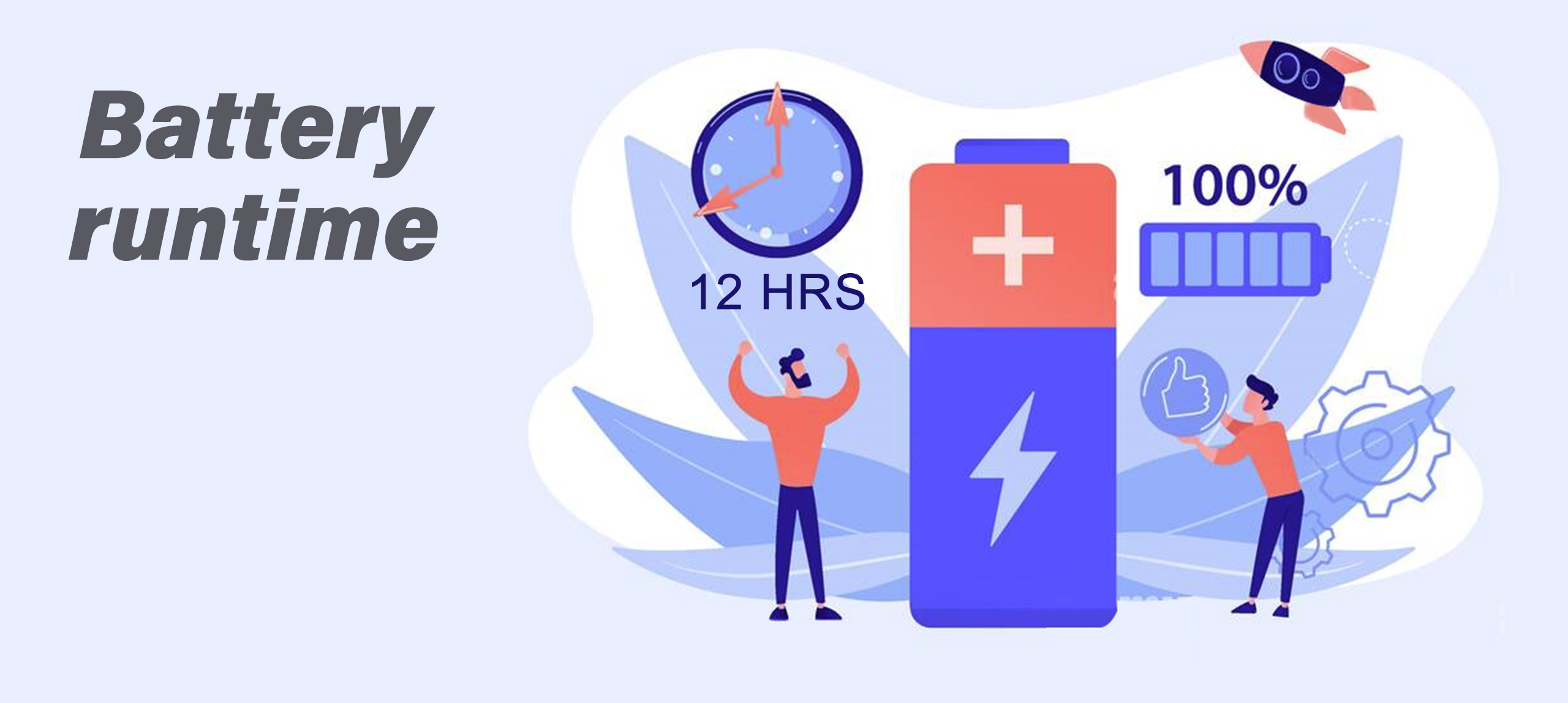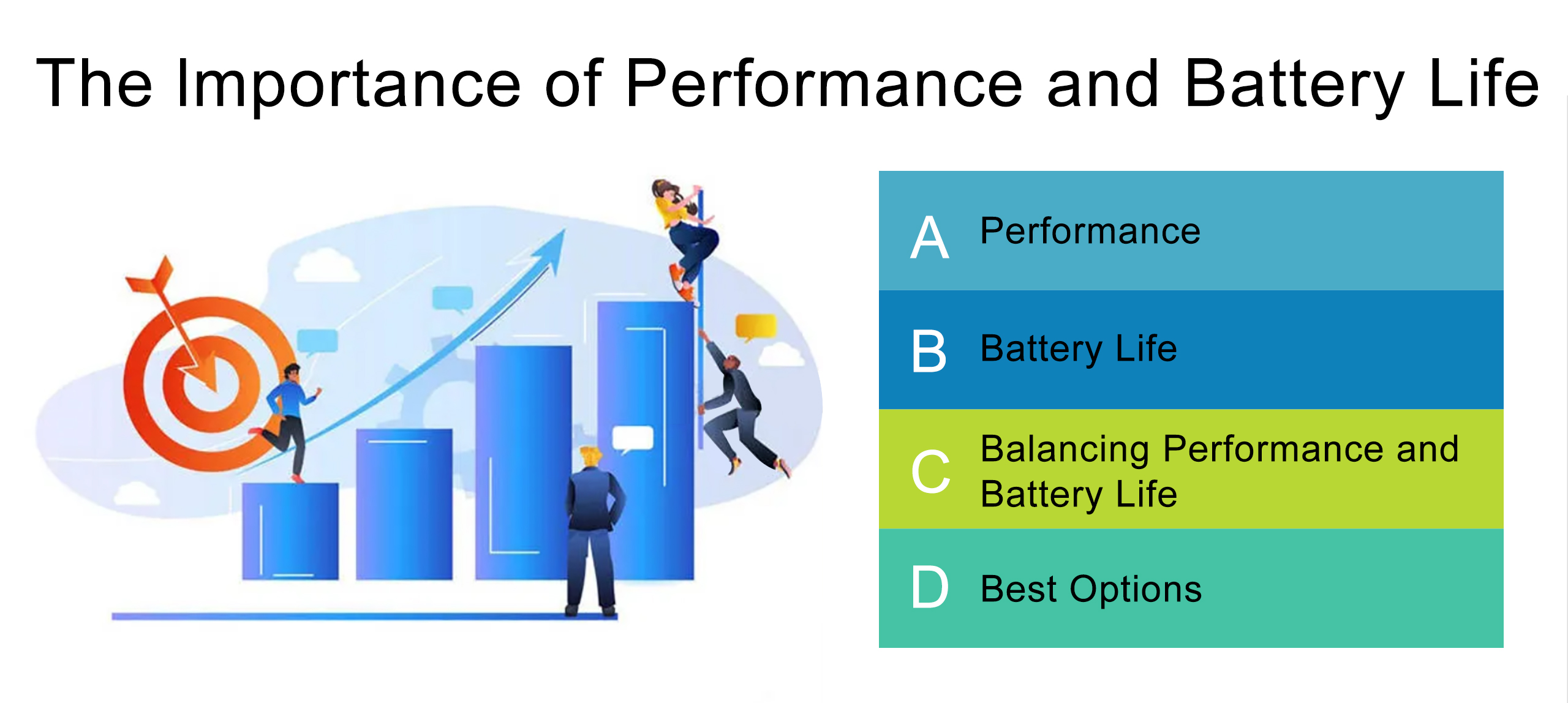Performance VS. Battery Life

Battery life is certainly one of the real hot-button issues in the world of IoT and GPS, even to all electronics including cell phones. Chances are you want to purchase a quality GPS tracker that will meet your needs with little hassle. Knowing what can affect the battery life of your device can really help you optimize the tracker, and keep you from being hindered by the battery.
At VOV we have focused on battery life both from a performance perspective and from an education perspective. We make it front and center when viewing a specific tracker, and we try to alert you when the level dips too low.
What contributes to GPS tracker battery life
First of the factors that impact battery life, is simply size. Batteries, especially the lithium-ion type used in our devices, have a minimum size to have the required effectiveness. The other side of the same coin, is we want to keep the device sized small enough to be versatile. It’s important to find a balance between the two.
The GPS tracking itself is very power hungry. You can try turning off your phone's location to extend battery life by a third. And when we talk about the relationship of tracker performance and battery, we have to understand that GPS trackers update at set frequencies. The more often they update, the more active the frequency, the faster the battery will drain. This is also the reason trackers will go into standby mode when they are not moving. As we have a built-in motion sensor into our portable GPS trackers VOV X10, so they use only minimal power when they're not moving. That saves a significant amount of battery during normal usage.
A trip calculated with a 5-second update frequency.
The trackers' reporting frequency when moving is the major factor when it comes to the battery life of your GPS trackers. If we have the tracker updating at the standard 30 seconds when moving, we can get much more battery life than if we were to update every 5 seconds. The scale is not quite linear, so the formula for calculating the battery life is not as easy as simply multiplying the updates by time.
A trip calculated with a 30-second update frequency.
The two images above show the difference in sheer data from two similar trips with different update frequencies. Each one of the blue dots in the trip trail is a position report, and each position report uses some device battery life. The performance on a 5-second update configuration is undoubtedly better, but the performance increase does come with a price.
Another contributing factor is how frequently is the tracker moving. If you are tracking a trailer that moves once a month, then you will get much more battery than a truck that drives 8 hours a day. The behavior of the asset must be factored into the anticipated battery needs when tracking.
How Can I maximize my battery life?
Getting the correct piece of hardware for the asset you are looking to track is the most important factor here. For instance, if tracking a vehicle, the OBD tracker alleviates battery concerns from the off, get to know VoV D10 and H10. If you are tracking a stationary asset, then our weatherproof asset tracker is a strong choice. A more active asset, on the other hand, can benefit from something like a hardwired tracker, drawing power from the asset itself, rather than a battery.
When it comes to portable GPS trackers, the VoV X10's battery life far exceeds that of similar products. This is not only because it carries three times the power, 6200mAh, while other competitors only have about 2200mAh. We've also used a higher performance, lower power chip and optimized its algorithms so that we can achieve about five times the usage time under the same usage conditions.

| Performance Mode | 5s update while moving | 21days |
| Fast Mode | 30s update while moving | 64 days |
| Standard Mode | 1 min update while moving | 79 days |
| Slower Mode | 5 min update while moving | 94 days |
| Power Saving Mode | 10 min update while moving | 168 days |
Click here to see these modes in detail
We are actively looking at new and unique ways to solve, or at least change, the battery life conversation. One element that we are actively pursuing will change the way IoT and GPS users think about the performance to battery life relationship with their devices. Let’s just say you won’t have to guess what behavior to set your tracker up for, for much longer. More details on this exciting new feature coming soon.

